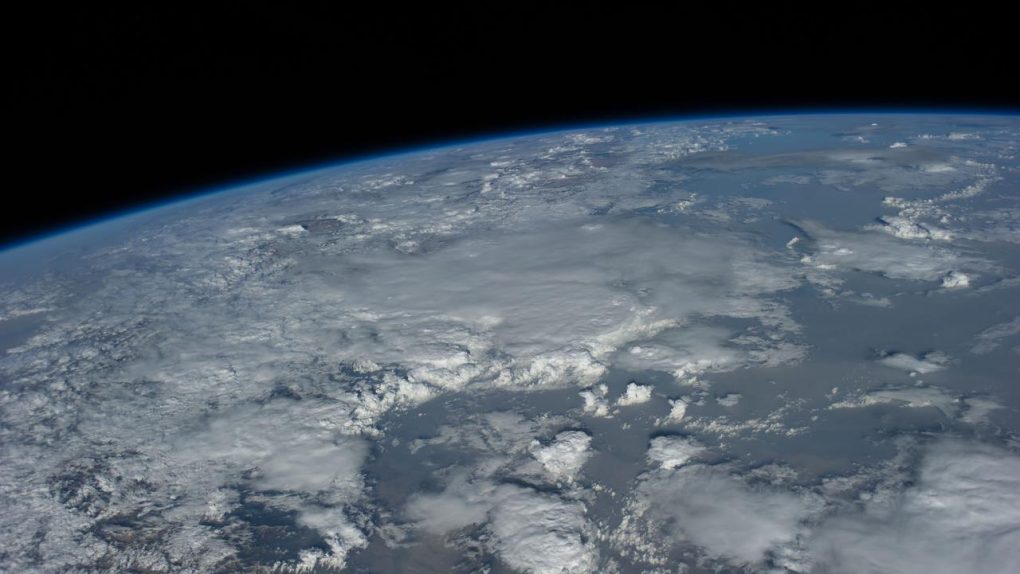- Atmospheric carbon dioxide levels reached a new record high based on a new report from scientists studying the trends.
- As a greenhouse gas, CO2 traps heat, gradually warming the Earth and prompting a number of serious changes.
- Warming ocean waters, dying reefs, stronger storms, and other climate disasters have been linked to climate change.
In the midst of a worldwide health crisis, it can be easy to forget that humanity faces existential threats from multiple angles. The coronavirus pandemic will pass — either when we take measures to dramatically mitigate its spread or a vaccine or other treatment is developed — but when it does, our planet will still be in peril. The worst part is, it’s largely our fault.
As AP reports, scientists revealed on Thursday that the highest-ever atmospheric carbon dioxide reading was recently taken in April. The measurement showed a concentration of 417.1 PPM of CO2. That’s 2.4 PPM higher than the previous year’s readings, and since human activity (the burning of fossil fuels) is the primary source for this carbon dioxide, it’s clear that we’re not doing nearly enough to prevent an eventual catastrophe.
Carbon dioxide is a greenhouse gas. When greenhouses gasses build up in the atmosphere they trap heat, gradually warming the planet. It doesn’t happen all at once, and sometimes there are dips in the amount of greenhouse gas detected in the atmosphere, but the big picture reveals that the levels are sharply trending upward over time.
This has a number of effects on the planet. It causes rising ocean temperatures that kill off vital reef systems that themselves protect coastal communities from being inundated by storm surges and devastating waves. It affects the weather, sparking bigger and more powerful storms, and we have plenty of evidence to show that the hotter the planet gets, the more damage hurricanes and other large storms deal.
Droughts facilitate wildfires that topple entire communities and lives along with them. And of course, there’s the little matter of the food chain, which can be completely toppled as certain species are pushed to extinction by intolerable climate conditions in the sea and on land.
Put simply, we’re really messing this up in a big way.
“It illustrates how difficult it is — what a huge job it is — to bring emissions down,” NOAA senior scientist Pieter Tans said in a statement. “We are really committing the Earth to an enormous amount of warming for a very large time.”
Historical data for carbon dioxide levels stretches back to the late 1950s. Comparing readings taken at that point in time to those taken now produces alarming results. All told, the amount of carbon dioxide in our atmosphere has risen by 31% in just that short timeframe. The fact that CO2 tends to hang in the atmosphere for a very long time compounds the problem.








